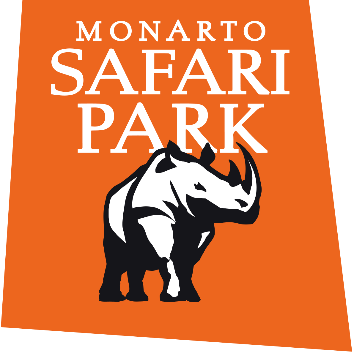This month’s International Women’s Day comes hot on the heels of another lesser known, but equally as important, International Day of Women and Girls in Science.
As an organisation with a strong female presence, we are in a great position to promote and inspire other women when it comes to science-based education and roles.
We asked some of Zoos SA’s female workforce for their experience and thoughts on the future of women and girls in science.
Elaine Bensted is Zoos SA’s Chief Executive and oversees every aspect of running Adelaide Zoo and Monarto Safari Park including its veterinary teams, life science curators, horticulturists and keepers.

Why is it important to have an International Day of Women and Girls in Science?
According to the UN, just 30 per cent of researchers and only 35 per cent of all students enrolled in STEM-related fields of study are women. That’s why it’s incredibly important to promote women and girls in science.
Jobs are constantly morphing to reflect the changing world and its demands. Not surprisingly, research by the UN shows that 90% of jobs in the future will involve some form of ICT and are likely STEM-related. However, less than a third of females are choosing science-related subjects at higher education level.
Additionally, females are still overlooked in favour of males when it comes to promoting sciences in schools. Add gender stereotyping and bias and the global digital divide to the mix and you realise the enormity of the mountain that stands between females and a role in science.
Of course, there are so many women who have achieved so much in science, like Marie Curie, for example, yet we see or hear very little about these game-changing women often until it’s too late.
Ultimately this imbalance means that the world is missing out on great talent and potential advancements that could change (and save) the world.
What advice would you give to women and girls considering a role in the STEM field?
In short, go for it! There has never been a more exciting and rewarding time to be involved in the sciences.
Certainly don’t discredit a career in the sciences until you know about the possibilities. At Zoos SA we are living proof of the wide range of roles in STEM and, as technology develops, these roles will only develop and expand.
Zoos SA’s Life Sciences Support Officer Dr Rachel Robbins, works within the life sciences depart.
Please describe your role
I wear a few different hats here at the zoo, from assisting the Curator and Assistant Curators with the day to day operation of the animal and keeping teams, to managing the studbook for southern hairy-nosed wombats. However, arguably my most important role is in the management of ZSA animal welfare procedures, and in providing advice to our animal managers on how we can ensure we are meeting (and exceeding), all the needs of the animals in our care.
Your favourite/most impressive achievement by a woman/women in science field
Dr. Eugenie Clark was a pivotal role model for me when I first got into the Science world. I was fortunate enough to start my life in science researching sharks off the coast of South Australia, so Dr Clark’s achievements inspired and guided me in my path to continue advocating for threatened species and ecosystems. Genie Clark was nicknamed “The Shark Lady”, was a trailblazer for women in science, a world authority on sharks, the founder of what is now the Mote Marine Laboratory, and leader of over 200 field research expeditions around the world. For me, her most impressive achievement was in the field of shark behaviour and intelligence – she was able to train sharks to touch targets for a food reward, dispelling all myths about sharks being mindless man-eaters, and proving that shark were capable of far more complex cognitive feats than anyone thought.
Why is it important to recognise women and girls in science?
The world needs more women in science! So many of the rock stars of the science world are women, they have played key roles in some of the most ground breaking contributions to science, and they are such important role models for the next generation. Having to blaze your own trail is hard, and it can be a challenging world when you are the only girl on the research team! Research has proven that diverse research teams, those which include women, are more likely to come up with new ideas and perspectives. By celebrating the achievements of women in science, we are encouraging the women into fields where they can make great advances that can have life-changing impacts. Certainly without the likes of Eugenie Clark leading the way for women in the shark field, I would not have had the courage and drive to be the scientist I am today.
Zoos SA Veterinarian, Dr Jenny McLelland works across both sites and has recently travelled to Kangaroo Island to assist bushfire-affected wildlife

Please describe your role
I am a zoo veterinarian working in the animal health department across Adelaide Zoo and Monarto Safari park. I am part of a team of vets and vet nurses that provide health care to all of the animals at the zoos ranging from sea horses to giraffes. Some of the things we do include preventative health (vaccines and parasite control), general health checks, diagnosis and treatment of specific conditions, surgery, nutritional support, behaviour and enrichment, pathology and quarantine for new animals coming in.
A brief explanation of your education path and how you landed up at the zoo
After high school, I studied a Bachelor of Veterinary Science at the University of Melbourne. This degree focussed on domestic species but gave me a good grounding in first principles. From there I spent some time in general practice, but I always wanted to work with zoo and wildlife species. I completed a Masters in Veterinary Science in wildlife and avian health at Massey University in New Zealand, and a Masters in Conservation Medicine through Murdoch University and attended lots of conferences and workshops focussing on zoo and wildlife medicine. This all helped build the skills I needed to get a job at a zoo.
Why is a day recognising women and girls in science so important?
Veterinary Science is one of the few science fields that now has a higher number of women graduates, however, women and girls are underrepresented overall in the science fields. Recognising and supporting those that have pushed through gender barriers to achieve in science fields is so important. By celebrating those achievements, girls can see that anything is possible. Those women can become role models and help change societies expectations so girls fully participate in science fields allowing gender equity to be achieved.
Anything else you’d like to say
Girls can be anything they want to be 🙂
Ailee Cheney works as a Horticulturist at Adelaide Zoo. The site is a naturalistic botanical setting that extends from public areas to animal habitats.

Please describe your role
My role is team member in Horticulture department is to design, maintain and continually evolve the gardens and habitats in the zoo.
What was your education and career path?
I studied Certificate 2 and 3 of Horticulture before being employed by Adelaide City Council as a parks and gardens team member for a number of years. I took some time off to raise two children then successfully applied for a job here at the zoo!
Why is a day recognising women and girls in science so important?
I love that we have a day that recognises and celebrates women and girls in science. It’s important because historically we have been poorly represented. I think it’s also great to inspire other women to follow the same path and not be intimidated by gender imbalance within an industry.
Jodi Buchecker has worked at Monarto Safari Park for 25 years. Over that time her role has evolved from keeper to Species Management Officer.
Please describe your role
Species Management Officer: a role combining animal records, animal transfers and small population management (Species Management).
Animal records: each animal in the zoo has an individual record. I manage these records (entering new animals, daily reports, movements, medical treatments, deaths etc.).
Animal transfers: Zoos regularly ‘swap’ animals. I organise these transactions (permitting, logistics etc).
Species Management: most species within zoos are genetically and demographically managed as a region (i.e. all the zoos work together). I manage several species for the region, report to other Species Coordinators that work with other species about births and deaths etc., and I also have a role with the regional zoo association (ZAA – Zoo and Aquarium Association of Australia) managing a taxonomic group of species (Australian Mammals).
I use sophisticated modeling programs to develop breeding and transfer recommendations for the species that I manage (Bilby, Tammar and Yellow-footed Rock Wallaby) to make sure the population stays ‘healthy’. I’m also involved in recovery efforts for several species (Metapopulation Subcommittees as well as State and National Recovery Teams).
A brief explanation of your education path and how you landed up at the zoo
I have always been interested in working with and breeding animals (especially horses). I trained as a vet nurse at TAFE initially and then worked in several horse racing stables. I stumbled across a listing in Centrelink for a Trainee Zookeeper position at Monarto Zoological Park, applied and have been here now for 25 years.
I worked as a keeper for about 13 years and the role morphed to include records, transfers and species management as well as keeping (Head of Natives) for a few years.
About 12 years ago, as the zoo expanded, I moved into the Species Management Officer position and dropped keeping all together.
I attained my Veterinary Nurse Cert III, Specialist Zookeeper Cert III and Training and Assessment Cert IV along the way. I also studied Small Population Management and Reproduction Biology at University (CSU).
Why is a day recognising women and girls in science so important?
Because there is still a stigma that the sciences ‘are boring and for boys’. More and more though I see girls and woman leading the way in conservation, animal and environmental sciences (which is fabulous!)
Want more? Watch this video from the United Nations








